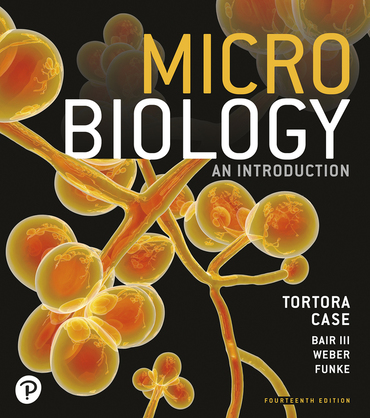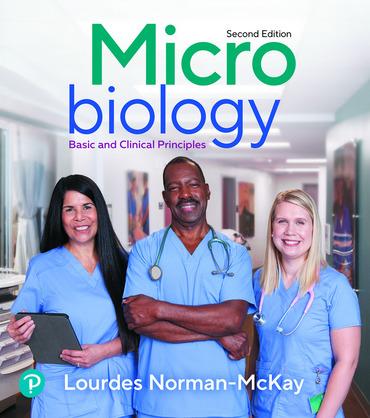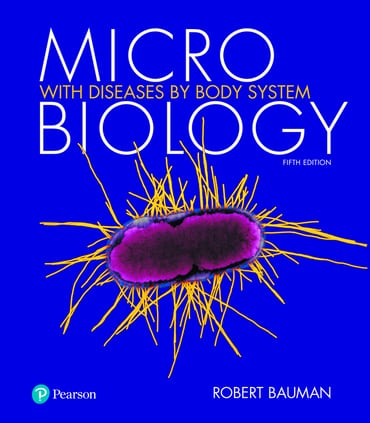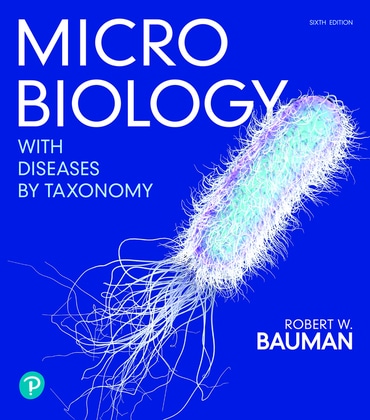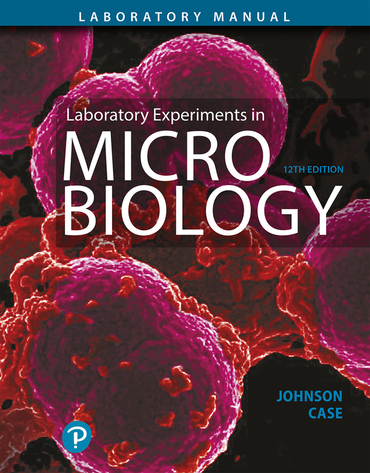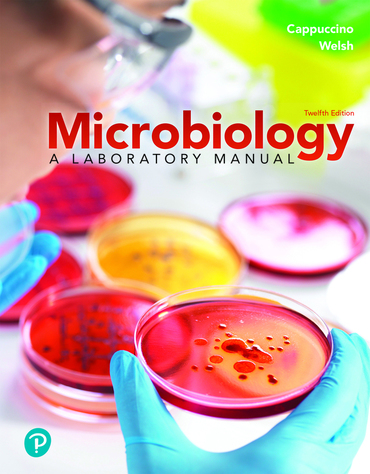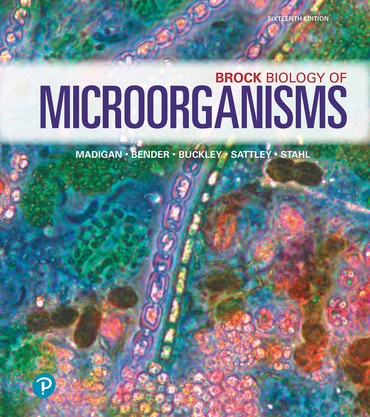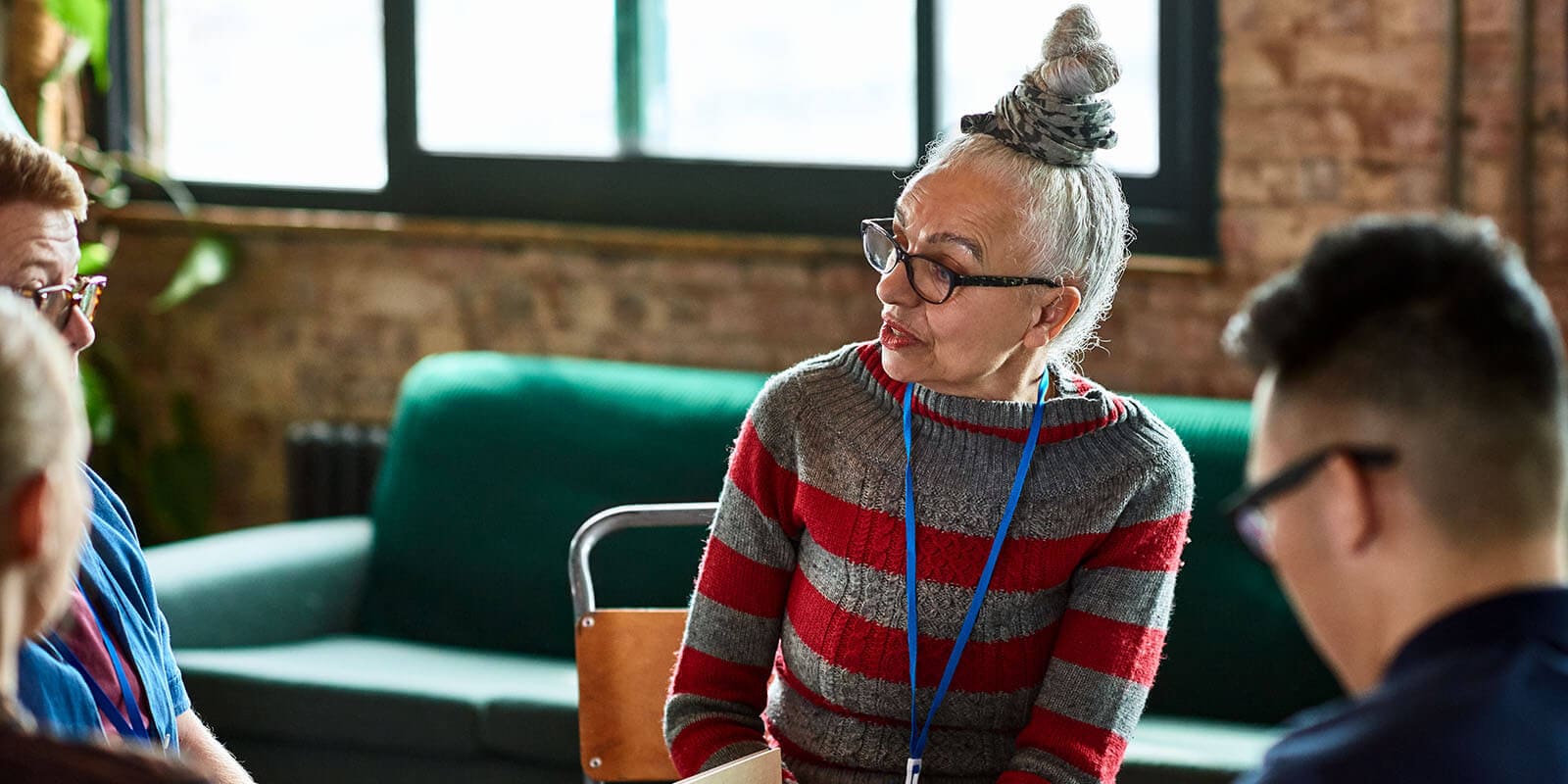Learn how to bring microbiology concepts to life through the use of virtual wet labs with Dr. Donna Cain, microbiology professor and Pearson Interactive Labs author.
Microbiology
Engage and prepare students for success
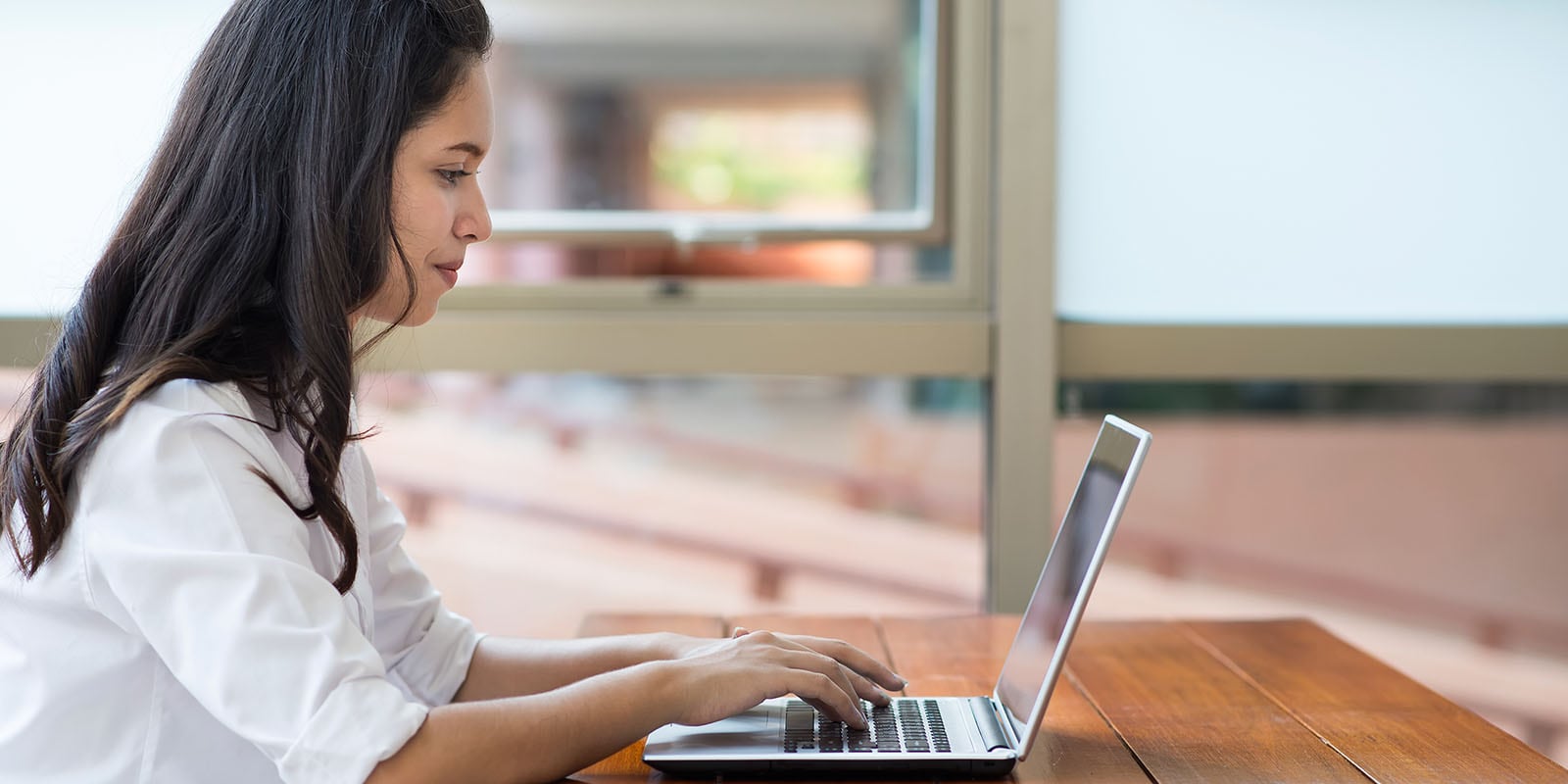
Mastering Microbiology
Learn how Mastering® Microbiology helps actively engage students, identify struggling students and drive learning outcomes.

Pearson Interactive Labs
Explore this suite of online lab simulations that creates an immersive experience where students learn by doing.

AI-Powered Study Tool
Our AI-powered study tool transforms mistakes into teachable moments, helping students build confidence and study smarter.
Non-Majors Microbiology




Non-majors Microbiology Lab Manuals


Majors Microbiology

Explore titles for Majors Microbiology and Mixed-majors Microbiology
Help your microbiology students escape learning silos and confidently handle complex material with these teaching techniques from Dr. Norman-McKay.
Listen as Dr. Derek Weber explains the principles behind backwards design and how the approach can positively impact your students' progress.
